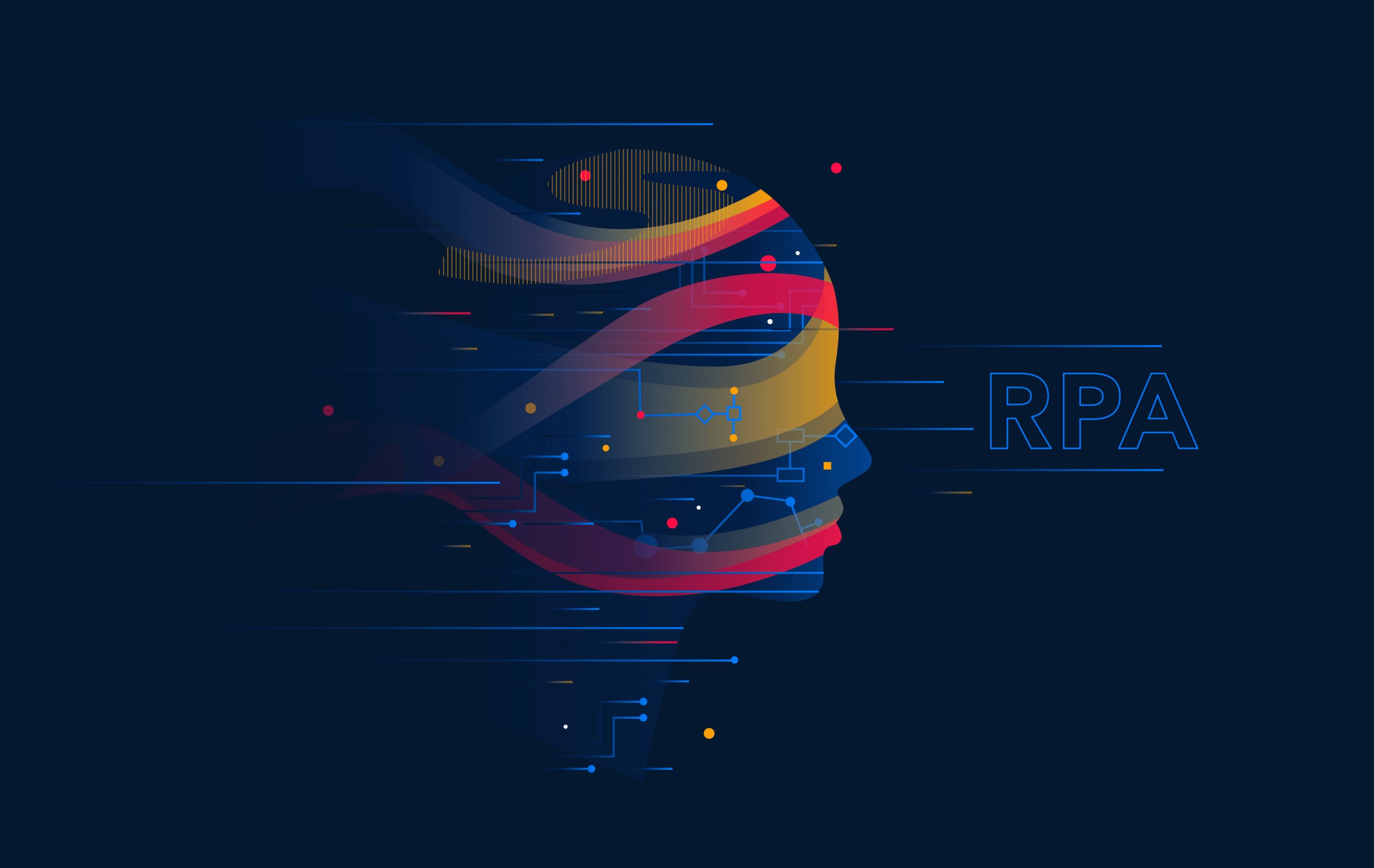Robotic process automation (RPA) is quickly becoming one of the most beloved buzzwords of the industry. From airlines to agriculture, businesses are increasingly driven by tech, and RPA is one of the pack leaders.
If you’re not a SaaS enthusiast, don’t worry, we cover all the necessary descriptions. Like the rest of our blogs, this article was written to make emerging tech less perplexing. Here’s a digestible definition of RPA, pulled directly from our Ultimate Guide to RPA and Workflows:
RPA uses virtual robots to perform automated steps with a high level of precision. Often, RPA transactions are executed repetitively and at a high volume. So, RPA automates business operations or workflows—it mimics human actions without the need for human intervention.
Despite our best efforts to make it a digestible idea, a few misconceptions about RPA still abound. So before you read any further, try to liberate yourself from any preconceived notions about RPA. We think the concepts discussed below just might surprise you.
Revolutionary, but not entirely new.
First coined in 1946 to describe machines in the automobile industry, the term “automation” has been used for over 70 years. But as a concept, automation’s origin story is FAR older. Found in Homer’s “The Illiad”, descriptions of automating tasks date back to 762 B.C. with the Greek god Hephaestus and his automatons.
What makes RPA so innovative is that any business can deploy bots. Unlike hardware-based automation tools, these bots are delivered via a SaaS vendor, making them instantly accessible to anyone with internet access.
While automation might not be a new idea in the big picture, few tools are as easily deployed as an RPA platform.
AI will create FAR more jobs than it automates.
A report by the World Economic Forum predicts that machines and algorithms will create nearly 60 million new positions by 2022. And the good news doesn’t stop there. By automating the most redundant, repetitive tasks, people are liberated to projects calling for creativity and emotional intelligence.
In many cases, these tools are deployed as virtual executive assistants, managing the tasks in a workflow that don’t mandate human effort. And businesses of all sizes have taken note, with the market for RPA bots expected to crest $3 billion by 2022.
State-of-the-art RPA solutions are multi-purpose.
Naturally, conversations around these software solutions tend to focus on the time and cost-savings of automated processes. However, that’s not the complete picture. In reality, RPA market leaders are including a broad range of capabilities within their offerings.
One incredible but often overlooked benefit of RPA is the ability to make crucial knowledge far more accessible by navigating through multiple apps and files for you.
Through an enterprise search engine, leading RPA systems can mine enterprise resource planning (ERP), ecommerce, and project management software, which frees up almost 10 hours a week for higher-ROI activities on the employee side.
RPA solutions offer short AND long-term ROI.
RPA should be approached as an investment. While automating a team’s most monotonous activities certainly has immediate returns, the true power of RPA is yielded over the course of months and years.
This is particularly true of machine learning (ML). By its very nature, ML makes your software robot more powerful over time, as it learns your workflows and compiles knowledge. Additionally, workflow automation doesn’t happen overnight.
Even with a user-friendly drag-and-drop tool for workflow automation, orgs continue to uncover uses for RPA months after deployment.
Digitization is not a prerequisite for RPA.
Purveyors of pen-and-paper might balk at RPA, assuming that physical workflows aren’t candidates for an AI-powered bot. While that’s a reasonable assumption, it’s flat-out false. From CPG to wealth management, every automation-intensive industry was once completely manual.
Drag-and-drop workflow builders enable teams to easily put the offline, online. Once a series of tasks has undergone digital transformation, users can begin handing them over to the bot for execution.
RPA thrives in heavily regulated industries.
Another false assumption is that RPA software doesn’t perform well in high-regulation industries. After all, shouldn’t a trained expert carry out every task to ensure no rules are broken?
The truth is, that model doesn’t always work, and the banking industry has provided some expensive proof. As an industry, banking has spent over $321 billion in fines, enforcement sanctions, and penalties since 2008. And without additional AI intervention, there’s no end in sight.
Some experts anticipate regulatory costs for financial firms will double by 2022.
RPA’s ability to infinitely execute tasks with absolute precision is a game-changer in this scenario. As businesses look to curtail human error in tightly-controlled activities, bots will be there to pick up the slack.
Once a workflow has been uploaded to RPA software, the bot will carry out those activities with perfection faster than any human ever could.
RPA in the real world.
As more teams adopt RPA solutions like Capacity, you can expect to see a number of changes. For one, jobs will become more enjoyable and engaging on average. As talented employees are liberated from the mundane, they’ll find themselves with drastically more time for the jobs they were actually hired to do.
In turn, this will lead to faster innovation in every industry. From medicine to manufacturing, businesses can now invest in paradigm-shifting products and services.
This might sound lofty, but it’s already happening. Recent data shows that automation can save business leaders as much as 9 full weeks of time annually. That’s 360 working hours of employee engagement, professional development, and product roadmapping that previously didn’t exist.


